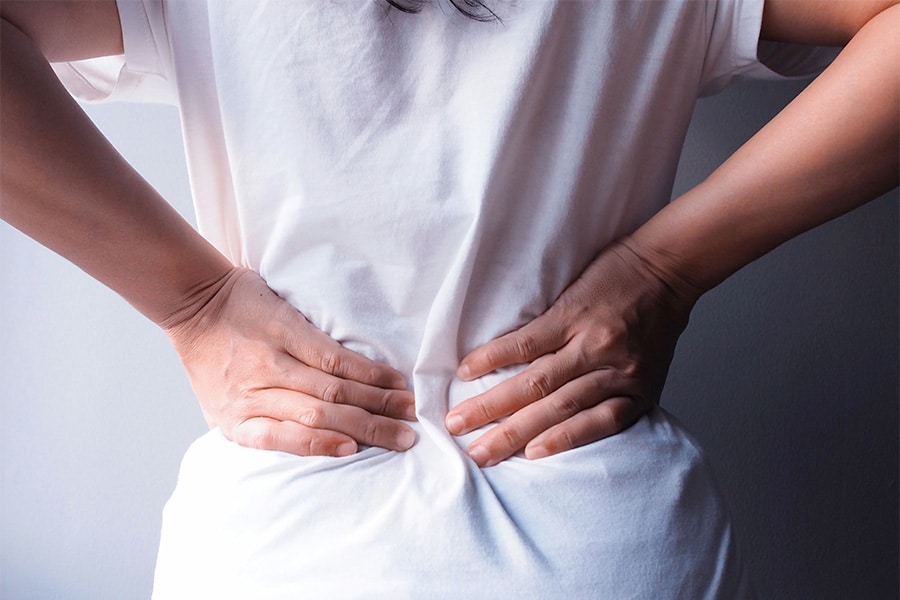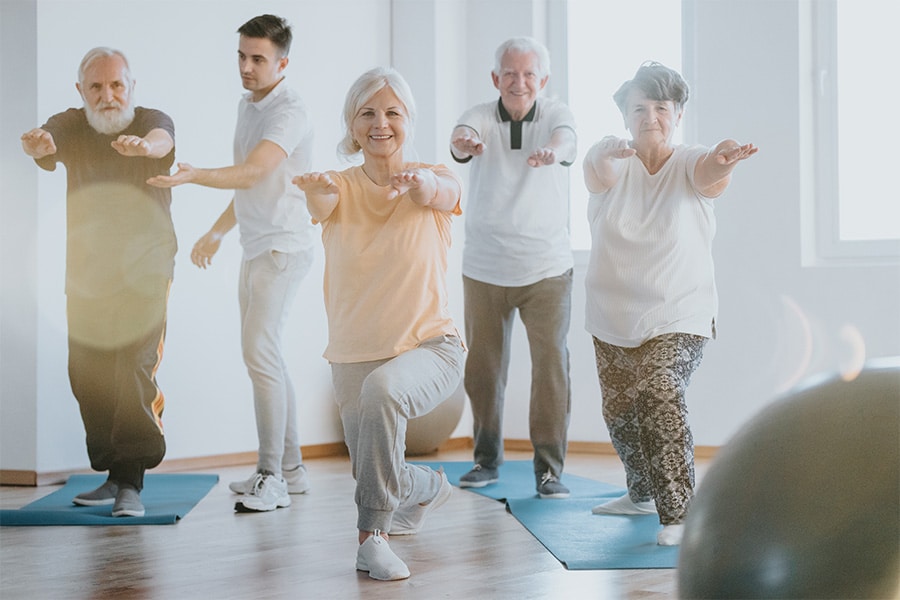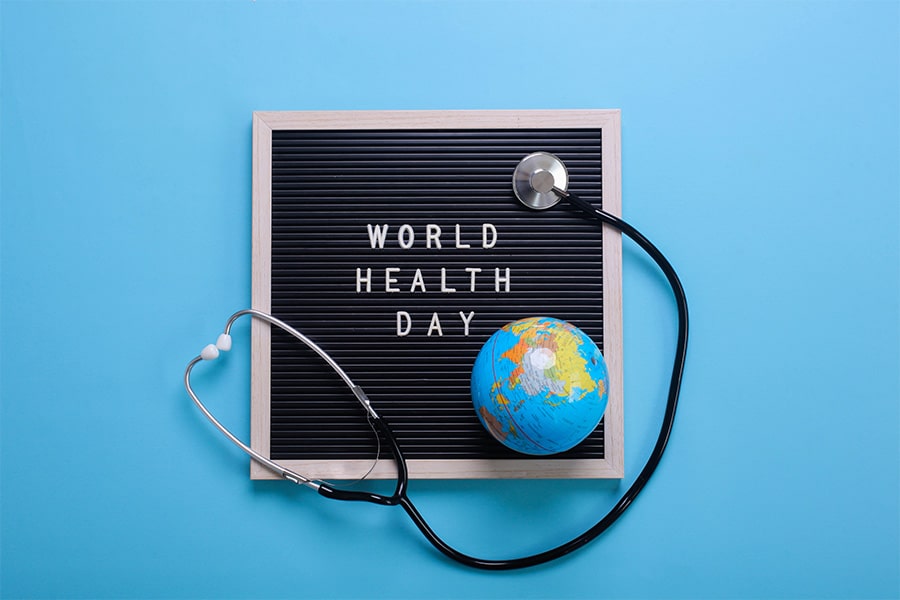National Pain Week
National Pain Week is an annual awareness event coordinated each year by Chronic Pain Australia. This year, National Pain Week runs from 26th July to 1st August.
The theme of National Pain Week 2021 is “Connection”. People living with chronic pain often feel isolated by their pain. The aim of NPW 2021 is to remind friends, family, and professionals that connection is key to addressing the social isolation that pain can create. This year’s theme encourages people to connect with their bodies and to acknowledge their pain. Equally, it encourages people to seek support and advice from others rather than ignoring it and suffering in silence.
Overview
Below are a few statistics relating to chronic pain that may surprise you:
- 1 in 5 Australians live with chronic pain, including adolescents and children.
- This includes 1 in 3 people over the age of 65.
- 1 in 5 GP consultations involve a patient with chronic pain, and almost 5% report severe, disabling chronic pain
What is chronic pain?
Chronic pain (also known as persistent pain) is defined as pain that persists beyond the expected healing time of an injury. Unlike acute pain which is caused by tissue damage (for example: bruises, broken bones, sprained tendons and/or ligaments, etc.), chronic pain generally relates to the sensitivity of the nervous system and non tissue-related factors. Chronic pain can contribute to disability, anxiety, depression, sleep disturbances, poor quality of life, and healthcare costs. As mentioned above, 1 in 5 adults will experience chronic pain during their lifetime.
Certain factors can contribute to an increased risk of chronic pain – including but not limited to female gender, older age, lower socioeconomic status, geographical and cultural background, and genetics. Other factors associated with chronic pain conditions are modifiable, such as smoking status, alcohol intake, nutrition, obesity, comorbidities, employment status and occupational factors, and physical activity levels.
Often when chronic pain is experienced, activities are avoided in an attempt to reduce the incidence of flare-ups. However, we know that gradually over time, people experiencing chronic pain may become less able to complete activities which were previously enjoyed, and commonly also have difficulties in completing activities of daily living such as housework. This can actually lead to an increased experience of pain symptoms.
For many years, the treatment choice for chronic pain included recommendations for rest and inactivity. However, exercise may have specific benefits in reducing the severity of chronic pain, as well as more general benefits associated with improved overall physical and mental health, and physical functioning. As a result, physical activity and . are increasingly being promoted and offered in various healthcare systems.
How can exercise help with chronic pain?
A 2017 overview of Cochrane reviews of research studies, which summarised the results of the studies to provide the clearest evidence for the benefits of a healthcare intervention, assessed the effects of physical activity and exercise for chronic pain in adults.
The studies have found that:
- Physical activity did not cause harm. Muscle soreness that sometimes occurred with starting new exercise subsided as the participants adapted to their new activities.
- Reduced physical function and consequent lack of mobility in people with chronic pain is associated with increased all-cause and cardiovascular mortality.
- A single bout of exercise increases the production of endogenous opioids, leading to transient anti-nociception, and repeated exercise produced long-lasting anti-nociception. In other words, exercise increases chemicals in your body which decrease pain signals.
- Aerobic exercise is strongly linked to weight loss, which in turn has implications for the management of chronic pain as the pressure on joints is reduced.
- Resistance exercise or other forms of strength training can improve the person’s capacity to support bone and cartilage through improved musculature supporting movement around a joint, with potential to relieve stiffness and bring about pain relief.
- Training to improve balance and flexibility also has benefits as it reduces the risk of falls and the potential for further pain or injury.
- Exercise and exercise therapies, regardless of their form, are recommended in the management of patients with chronic pain.
In summary, the studies have shown that exercise is an essential aspect in the treatment of chronic pain. Exercise can be an effective way to reverse the downward cycle of deconditioning and worsening pain and gradually over time help those with chronic pain engage more in activities of enjoyment and essential activities of daily living.
Where do I start?
- If you have never exercised before, start with short bouts of exercise, and build your way up.
- Avoid pushing into stronger pain. It is often useful to use the 0-10 scale to monitor your pain levels while exercising.
- Remember to take rest breaks as needed.
- Walking, swimming, or bike riding provide light aerobic exercise which may feel more gentle on joints and muscles than resistance or strengthening exercises.
- It is important to stretch regularly to help increase flexibility, loosen tight/stiff muscles, and improve your range of motion.
- Body weight exercises such as sit-to-stands, wall push ups, or calf raises, can easily be incorporated into your daily routine.
What resources are available if I want to learn more?
- The Chronic Pain Australia website has resources explaining chronic pain, ways of managing pain, caring for someone with chronic pain, and more. This can be accessed through the following link: https://chronicpainaustralia.org.au/
- The Hunter Integrated Pain Service website also has a variety of videos and resource relating to chronic pain. This can be accessed here: https://www.hnehealth.nsw.gov.au/our_services2/pain
- The Exercise Right website has a summary of Chronic Pain, and a fact sheet may be downloaded from the site: https://exerciseright.com.au/chronic-pain-and-exercise/
Author: Queenie Liang, AEP ESSAM
Sources
- Physical activity and exercise for chronic pain in adults: an overview of Cochrane Reviews. https://www.ncbi.nlm.nih.gov/pmc/articles/PMC5461882/
- https://www.nationalpainweek.org.au/home/chronic-pain
- https://exerciseright.com.au/chronic-pain-and-exercise/



